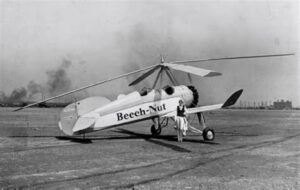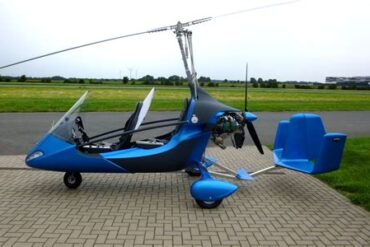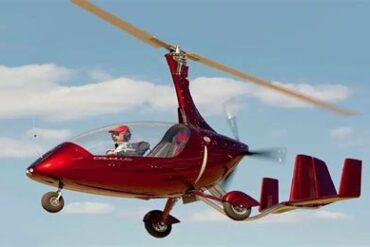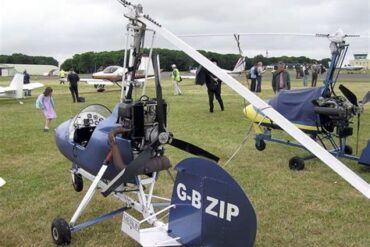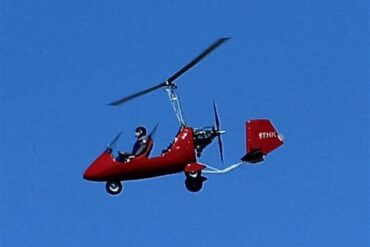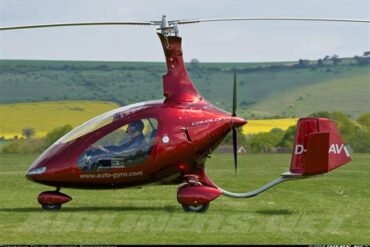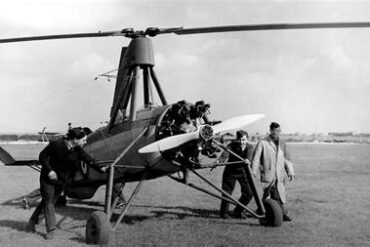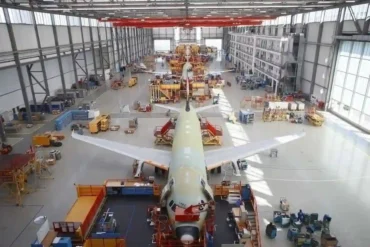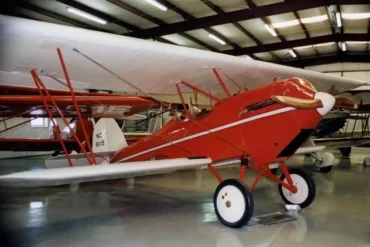The autogyro, a remarkable invention of the early 20th century, represented a significant leap in aviation technology during the 1930s. Combining features of both airplanes and helicopters, this unique aircraft type utilized a free-spinning rotor system that allowed for safe and efficient flight at low speeds. In this article, we delve into the history, technology, and cultural impact of the autogyro during this pivotal decade.
The Birth of the Autogyro
The autogyro was invented by the Spanish engineer Juan de la Cierva in 1923, but it was in the 1930s that the design truly evolved and gained prominence. Cierva aimed to create an aircraft that could take off and land in short distances and fly safely at lower speeds than conventional planes. His design featured a large rotor that rotated freely, providing lift, and a conventional tail and fuselage to maintain stability during flight. This revolutionary aircraft addressed many of the safety concerns associated with early fixed-wing aviation, particularly in relation to stall characteristics.
Technological Innovations of the 1930s
Design and Engineering
Throughout the 1930s, several advancements in autogyro design and engineering emerged. The early models were often constructed with wood and fabric, but as technology progressed, manufacturers began to experiment with metal fuselages and more aerodynamic designs. This transition improved the strength, durability, and overall performance of the autogyro.
One notable model was the Cierva C.30, which debuted in 1935. This autogyro featured a rotor diameter of 12.5 meters and could reach speeds of 100 km/h (62 mph). Its design included a sleek fuselage and an open cockpit that provided pilots with excellent visibility. The C.30 demonstrated the versatility of the autogyro, as it was capable of performing various tasks, including passenger transport and cargo delivery.
Safety Features
The inherent safety features of the autogyro made it an attractive option for aviators in the 1930s. Its ability to perform autorotation—a process where the rotor continues to spin without engine power—allowed for safe landings even in emergencies. Unlike fixed-wing aircraft, which could stall and lead to catastrophic crashes, the autogyro could glide gently to the ground. This feature contributed to the growing popularity of the aircraft among both civilian and military pilots.
Military Applications of Autogyros
Use in Military Operations
During the 1930s, militaries around the world recognized the potential of the autogyro for various applications. These aircraft offered a unique combination of speed, agility, and the ability to operate in confined spaces. The Spanish Civil War (1936-1939) saw the first significant military use of autogyros, where they were deployed for reconnaissance missions and ground support.
The British Air Ministry also took an interest in the autogyro, leading to the development of the Bristol 173. This military variant was designed to perform scouting missions and was characterized by its distinctive tail design. Although the aircraft never saw significant combat, it paved the way for future military applications of autogyros in the following decades.
Training and Reconnaissance
The autogyro’s unique capabilities made it an ideal platform for training new pilots. Its forgiving flight characteristics allowed novices to gain valuable flying experience without the high risks associated with fixed-wing aircraft. Furthermore, the autogyro’s low-speed flight capability made it suitable for reconnaissance missions, as it could survey enemy positions with minimal risk of detection.
Cultural Impact and Popularity
Public Interest and Media Attention
The 1930s marked a time of fascination with aviation, and the autogyro captured the public’s imagination. It was frequently featured in aviation shows, exhibitions, and films. The 1938 film “The Autogyro” showcased the capabilities of this innovative aircraft, further boosting its popularity among enthusiasts and the general public. The autogyro’s unique appearance and impressive performance contributed to its status as a symbol of modernity and technological advancement.
Commercial Ventures
Several companies sought to capitalize on the growing interest in autogyros. The Pitcairn Aircraft Company, based in the United States, began producing the PCA-2 and PCA-3 models in the late 1930s. These aircraft were designed for civilian use and boasted improved speed and comfort. The PCA-3, in particular, was notable for its enclosed cabin, allowing for better protection from the elements and enhancing passenger comfort.
Challenges and Decline
Despite its many advantages, the autogyro faced challenges that ultimately limited its widespread adoption. As the aviation industry continued to evolve, the development of more advanced helicopters and fixed-wing aircraft overshadowed the autogyro. These newer designs offered greater performance and versatility, leading to a decline in interest and production of autogyros by the late 1930s.
Additionally, the onset of World War II shifted military priorities away from autogyros, as nations focused on developing faster and more heavily armed aircraft. As a result, many autogyro manufacturers either ceased operations or pivoted to producing traditional aircraft.
Legacy of the Autogyro
Technological Influence
Despite its decline in popularity, the autogyro’s influence on aviation technology cannot be overstated. The design principles established by Cierva and others laid the groundwork for future rotorcraft, including modern helicopters. The understanding of autorotation and rotor dynamics gained from autogyro development has informed helicopter design and operation.
Nostalgia and Modern Revival
In recent years, there has been a renewed interest in autogyros among aviation enthusiasts and hobbyists. The unique flying characteristics and relatively simple construction of autogyros make them appealing for personal use and recreational flying. Various manufacturers have emerged, producing modern autogyros that combine classic designs with contemporary technology, ensuring that the legacy of this remarkable aircraft continues.
Conclusion
The autogyro of the 1930s stands as a testament to the innovative spirit of the era. With its unique design, safety features, and cultural significance, it represents a crucial chapter in the history of aviation. As we look back on this remarkable aircraft, we are reminded of the ingenuity and vision of pioneers like Juan de la Cierva, whose contributions to aviation continue to resonate in modern flight.
